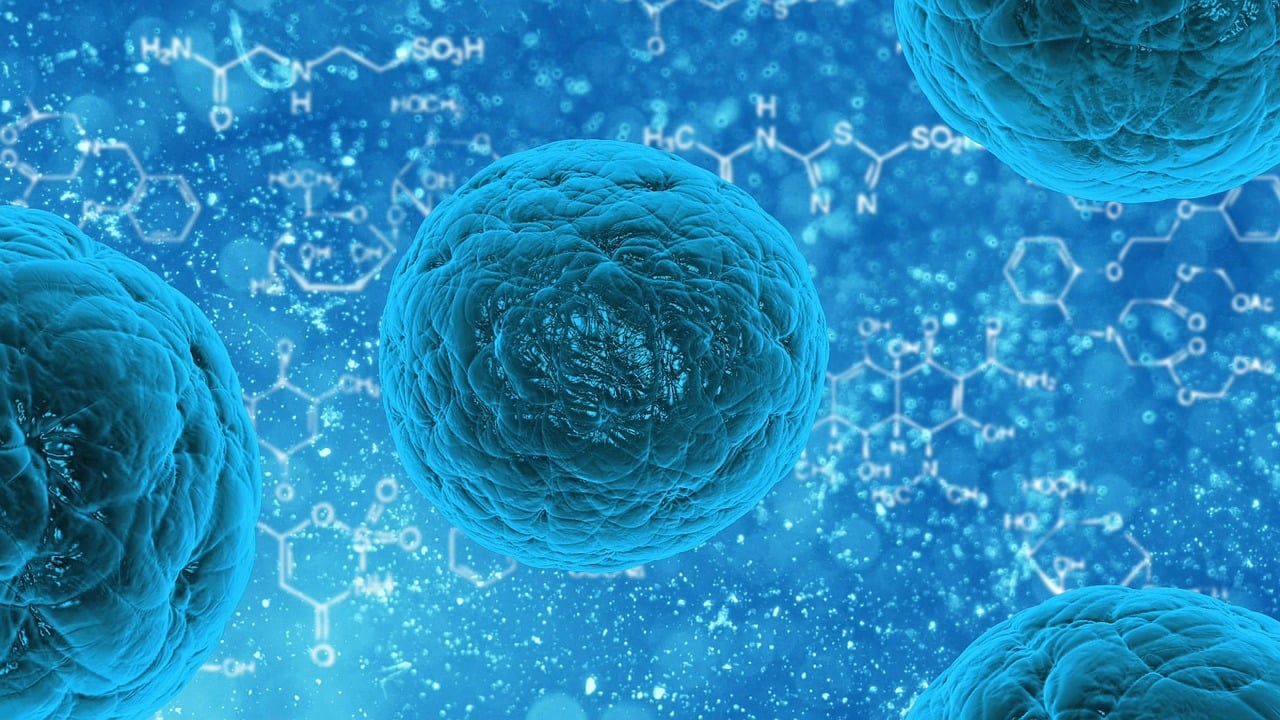Is technology damaging your health? While there is a plethora of evidence to suggest that our biology does not always respond well to technology, there’s also another side to this story. Technology is now improving healthcare in ways we never could have imagined.
Three examples of high-tech medical breakthroughs in recent years include the use of medical drones to deliver medications, the use of engineered mutant viruses to heal cancer, and the use of high-pressure devices to replace painful injections.
Send in the Drones
You’re probably familiar with how Amazon has been thinking about using drones to drop off packages for Amazon Prime customers, but you may not have heard about how medical drones are now able to drop off medications, send rare blood types to hospitals, and even deliver tissue biopsies to laboratories for rapid medical testing.
The idea is not science fiction but science fact. Zipline, a company out of San Francisco, is using drones to deliver medical supplies and blood in the U.S. to inaccessible communities in Maryland, Nevada, and Washington. Before it got permission to fly over US airspace, Zipline, used drones to deliver blood in Rwanda, a mountainous country with rugged terrain that makes it difficult to deliver medical supplies to remote villages.
Engineering Mutant Viruses to Heal Cancer
Immunotherapy has been improving at an accelerated rate this decade, and it now shows promise as a contender in the fight against cancer.
A new therapy, called CAR-T therapy, is supercharging T-cells to be far more effective in the war against cancer. T-cells are, the white blood cells manufactured by the thymus gland to defend the body…and until now, proliferating cancer cells quickly overwhelmed the T-cells ability to identify them. As a result, T-cells could do little damage control to stop the spread of cancer.
Now scientists have found a new way to transform T-cells from ordinary infantrymen to super soldiers using a technology called chimeric antigen receptors (CAR). Scientists attach mutant viruses selectively impaired to T-cells. These attachments on top of the T-cells then act like antennas to identify certain types of cancer cells. So, think of it as a seek-and-destroy mission. While the chimeric antigen receptors assist with seeking, the T-cells go to work to destroy the cancer cells.
An End to the Dreaded Injection
As children, we often learned to dread a visit to a dental office, clinic, or hospital, and we loathed doctors, dentists, and nurses although they did their best to be as nice as possible. We feared them for a good reason: they might pull out a syringe, attach a needle to it, stick the needle in us, and force us to experience the shock of sudden pain.
Now this childhood trauma may not visit future generations; Scientists have invented a new injection without needles. This device, appropriately called needle free injection technology (NFIT) propels a drug through the skin by using pressurized gas. So instead of using a needle to deliver the medication into an arm, this device uses a tip with a tiny nozzle that injects a high-pressure stream of a vaccine or medication. Because the stream is as thin as a hair and enters at the speed of a commercial jet, it causes no pain. An app then tracks your dosage and records any side effects to the medication and uploads this information to your medical records in the cloud.
We live in amazing times and medical technology has reached new heights of sophistication. Today, if you get critically ill and live in a remote location, a drone can parachute your medications out of the sky. Today, if you get certain types of cancer, your enhanced T-cells will do what no other T-cells in the history of human evolution have been able to do. Today, your trip to a clinic to get a vaccination might be an entirely pain-free experience.





